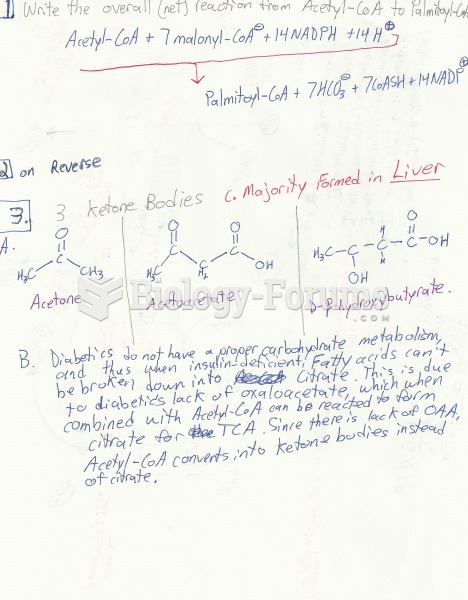Answer to Question 1
From the Sanskrit word for coloring, dyeing, tingeing or that which colors the mind and the heart . . . an expressive entity with a musical personality' all its own . . .
n part technicala collection of notes, a scale, intonation, ornaments, resting or pillar tones, and so on.
A portfolio of characteristic musical gestures and phrasesbits and pieces of a melodythat give it a distinct and recognizable identity.
Each raga has its rules about how a musician may move from one note to another and particular ways of ornamenting certain notes . . . But apart from its scale a raga cannot be written down; it is part of the oral tradition.
Thus raga refers to an entire complex system for creating classical Indian melodies.
Particular ragas have specific extra-musical associations, such as being related to various human emotions, different colors or animals or deities, etc.
Answer to Question 2
The Melodic Layer (1)
Principal melodic soloist dominates, for example, with solo voice, violin, veena (plucked string instrument), bamboo flute, or other instruments that have been adapted from the West (such as saxophone, orchestral flute or mandolin).
Melodic layer also includes the melodic accompanist, often a violinist (if accompanying a vocalist as the principal melodic soloist).
The Shruti Layer (2)
The drone, or shruti, layer consists of the sustained (continuously sounding) central tone of the composition and the perfect fifth above the central tone, either played on instruments such as the four-stringed tambura or sruti-box (small reed organ), or provided by small electronic equivalents (synthesizers) that eliminate the need for a performer.
The Rhythm/Percussion Layer (3)
The rhythm layer is led by the mridangama multi-timbral, double-headed drum tuned to the tonal center of the melodic soloist which is the principal accompanying percussion instrument.
Sometimes joined by subordinate percussion instrument(s) such as the ghatam (clay pot), kanjira (Indian tambourine), or morsang (jew's or jaw's harp)
 Examples of Scenarios Involving Nonmoral, Impersonal Moral, and Personal Moral Judgments from the St
Examples of Scenarios Involving Nonmoral, Impersonal Moral, and Personal Moral Judgments from the St
 A parade for Grover Cleveland in Chicago in 1892, by John Klir. Music, mirth, real drama—a president
A parade for Grover Cleveland in Chicago in 1892, by John Klir. Music, mirth, real drama—a president





